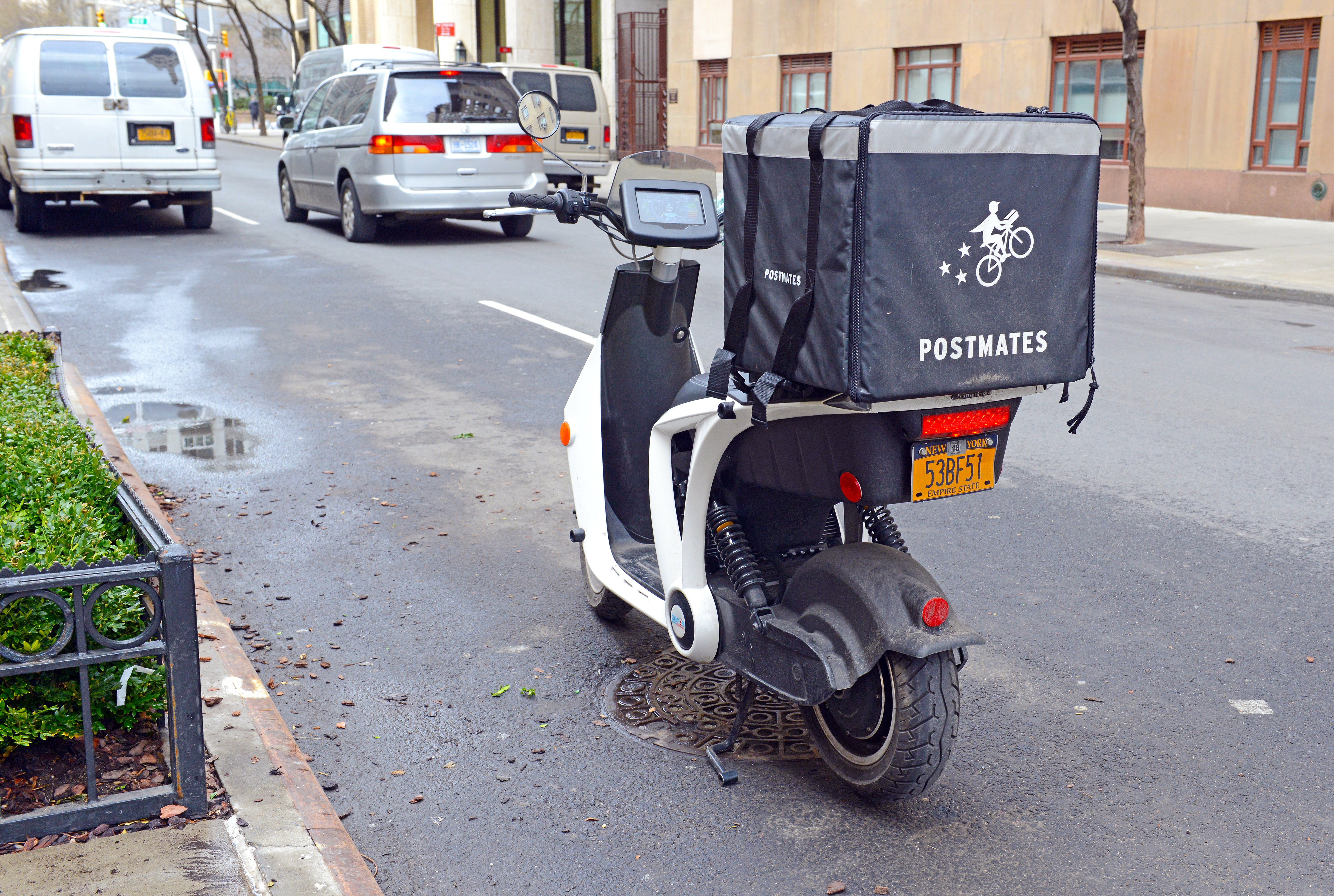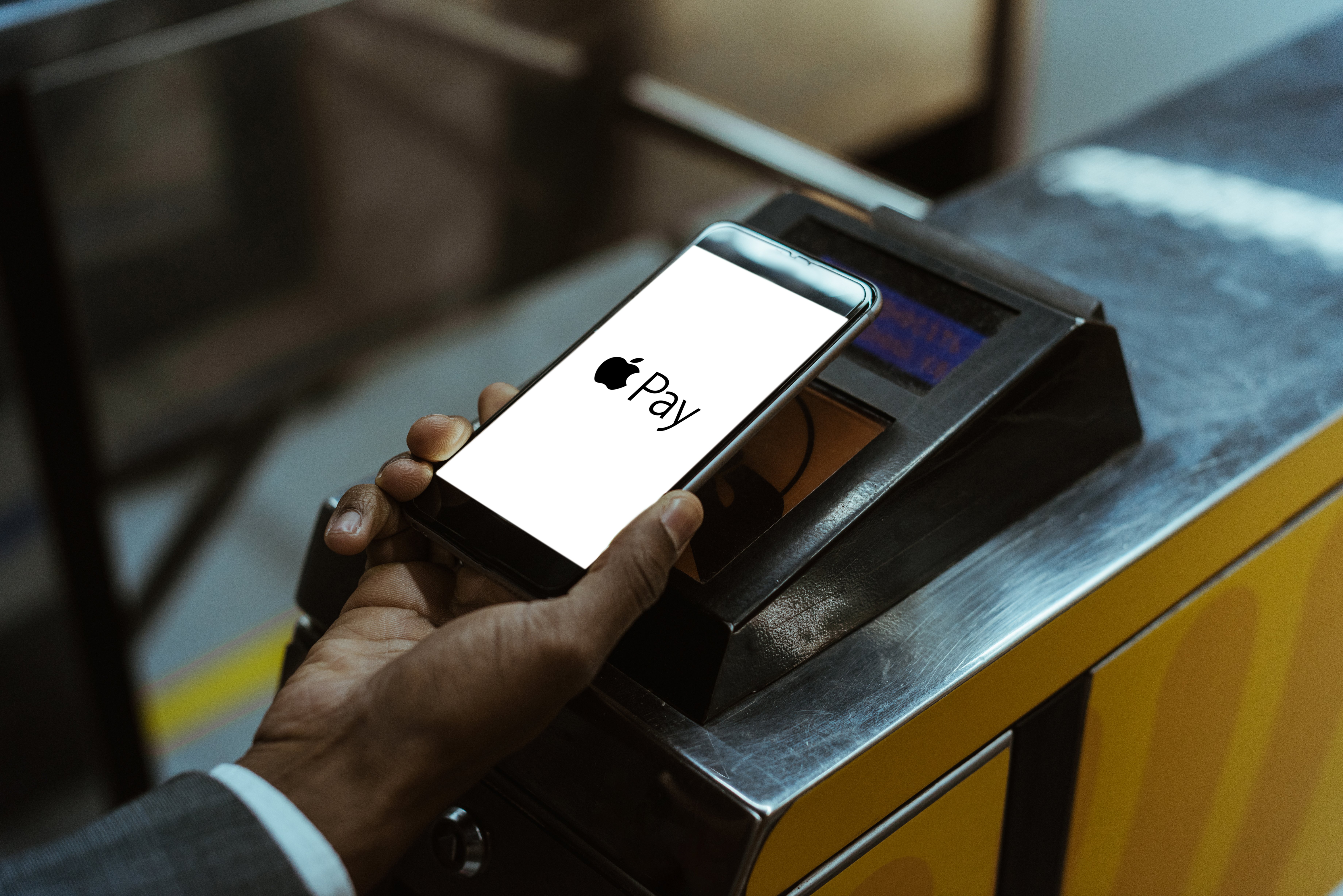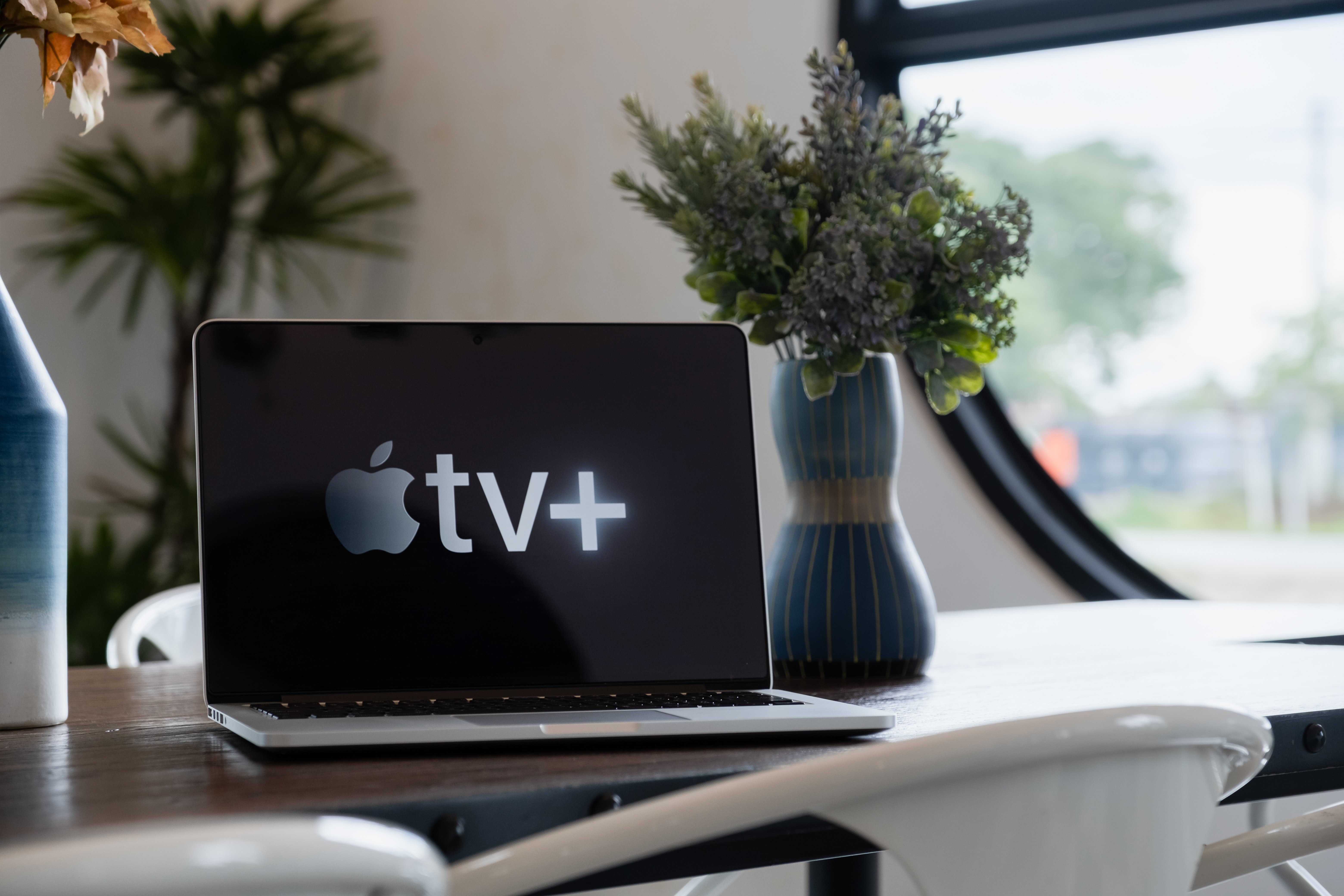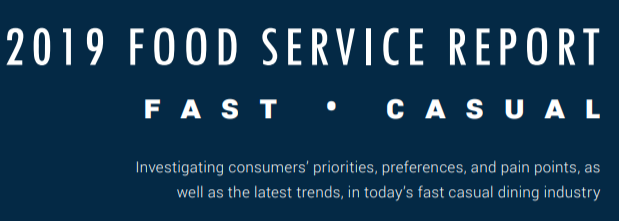Apple recently partnered with Postmates to promote its Apple Pay and Apple TV, its mobile payment system and entertainment platform respectively. While such promotions happen everyday and are hardly news, this partnership offers us a window into three emerging, bloody, and besieged digital markets, namely food delivery, mobile payment, and content streaming. All three markets face intense competition and slower-than-expected adoption rates, and both Apple and Postmates would greatly like to improve their standing within them--this promotion, then, essentially represents a mutually-beneficial partnership aiming at increasing adoption and continued use.
So what can we surmise about the state of food delivery, mobile payment, and streaming services as well as Postmates’ and Apple’s place within them? What do these promotions reveal about the future of digital commerce and its currently-evolving state? Well, get ready for our own version of dinner and a movie (coffee and a blog, perhaps?) as we put in the food service and omnichannel market research to understand and evaluate this limited-time promotion so clearly aimed at the future.
Postmates Delivers a Basket full of Apples
Here’s how the three-day deal worked: upon opening the Postmates app, users were shown a popup offering a free $5.99 movie rental through the Apple TV app if they paid for their Postmates purchase using Apple Pay, Apple’s digital payment system. Basically, in exchange for migrating their payment to ApplePay (which oftentimes means actually setting it up for the first time), Apple was willing to offer free streaming content, partnering with Postmates to create the digital version of dinner and a movie.
Interested users were prompted to enter a promo code upon checking out on the Postmates app, and once the courier was en route (at which point it is too late to cancel the food order) the user received a separate promo code to enter into AppleTV for their free movie rental. (Not that you asked, but your humble blogger would humbly recommend Little Women, Queen and Slim, and Parasite, his top-three movies of 2019).
Understanding the offer and its particulars, let’s now take a march through each of the three products involved.
Postmates is at the Back of the Delivery Pack

Postmates currently controls about 8% of the domestic delivery market, with their future projections not looking all that exciting--according to one source, this is expected to increase only 1% by 2022. That’s not a very viable growth model, particularly as leading competitors GrubHub and DoorDash continue to gobble up market share.
As it stands, DoorDash has amassed an impressive 37% of US food deliveries, with GrubHub close behind at 31%, followed by UberEats’ respectable 21%. Postmates is a distant fourth, still hoping to crack the double digits.
In this bloody market where platforms continue to offer discounts and promotions to increase market share, we’ve already seen some players fold. Remember Amazon Restaurant? It was Amazon’s short-lived food delivery service offered through their Prime Now app, which they quietly shuddered last summer, opting to focus instead on grocery delivery and get out of a market with far too many competitors, variables, and hurdles.
As we wrote about food delivery last year, the delivery profits are upside down, with companies relying on VC funding to keep afloat and consume market share, hoping for a more profitable future in which technology optimizes delivery and decreases its associated costs. But things are getting better, particularly as the market consolidates and rationalizes. With Amazon’s departure, Postmates must believe it has a chance to climb the ladder, amassing enough market share to be a true player once the getting gets really good--think, driverless cars, drones, and even dark restaurants.
And so it is that Postmates is partnering with everybody imaginable to drive people to its food delivery app. They recently jumped on the Popeye’s chicken sandwich bandwagon, or rather offered to drive it, giving free delivery to new Postmates users who ordered the sensationalized sandwich.
With the Apple offer, they partnered with the greatest titan the tech industry has ever seen, hopefully training users that they can expect the unexpected every time they open the Postmates app--yesterday it was free chicken, today it was a free movie, who knows about tomorrow? So for Postmates, which did not have to go out of pocket for the offer, asking Apple to ride shotgun for them totally makes sense. But what of Apple, which is actually providing the capital underwriting the offer?
Apple Pay Is Number One in Mobile Payments but Wants More

Apple Pay, which allows users to link a credit or debit card to their AppleWallet, is the largest mobile payment app in the country. Users can pay for online purchases with this service, and can also pay for IRL purchases by tapping their phone on payment terminals, obviating the need for a physical credit card.
So why would Apple offer free content to migrate people to a payment system that is already number one in the market with upwards of 30 million users? There have been adoption issues for the payment service, which is still leading the pack (particularly because Samsung and Android both offer similar services which compete against each other in the Android ecosystem) but not catching on as quickly as people had hoped.
First, brick-and-mortar retailers and food purveyors have been slow to widely adopt the in-store technology necessary for the system to function. With many retailers still not offering the payment option, Apple Pay, like mobile payment in general, has yet to hit critical mass.
Today, Apple Pay is used for roughly 1% of all retail and food sales, with estimates suggesting that anywhere between 51% and 70% of purchase points include an Apple Pay option. The wider adoption of contactless payment terminals will ultimately animate this market, and when it does, Apple wants to be number one on people’s minds and already linked to their credit cards.
In these conditions, it is easy to see why Apple has offered similar Apple Pay promotions with Snapfish and Instacart, pushing customers towards the payment system of the future before the real competition can really begin.
Apple TV is Nowhere Near Number One

And then there’s Apple TV and its premium tier Apple TV+.
Apple TV has become Apple’s digital content repository, taking over for the cumbersome, poorly-named iTunes platform which dominated Apple’s digital sales in the early years. In the last quarter of 2019, Apple added a premium tier to Apple TV (Apple TV+) with original content aimed at establishing a beachhead in the streaming wars to come over the next decade. In doing so, Apple joined long-established titans like Netflix, Hulu, and HBO, as well as recent entrants like Disney+, NBC Universal’s forthcoming Peacock Network, and WarnerBrothers HBOMAX.
To put it mildly, Apple TV+ has been an abject failure. Despite having one of the most bankable stars in television history on their payroll (OPRAH!), their programming has yet to generate any interest among consumers. Though, not gonna lie, I am definitely going to register in time to see Oprah account for her terrible American Dirt book club choice in March.
In fact, Fortune estimates that fewer than 10 million people opted to enroll in the free 12-month trial, which is less than 10% of eligible customers. That means that 90% of consumers who were given an opportunity for free Apple content for an entire year collectively said, meh, we’re good thanks. This says nothing of actual paying users--Apple has not-so-surprisingly refused to release their actual paid subscription numbers--but we can safely assume that most people aren’t taking the product for free, well, it’s a pretty tough sell. That said, if anybody has a password I can borrow, I'm interested in that Visible documentary, so that'd be great...
Food Service and Omnichannel Market Research: Preparing for the Digital Surge
A rising digital tide lifts all boats, sure, but those boats have to be able to stay afloat. That’s why Postmates needs to ensure that it remains viable, competitive, and profitable in these interim years, and its also why Apple needs to shore up its television and payment options before streaming and mobile become the default standard for all consumers.
It’s like when Facebook started catching on with people’s aunts, uncles, and grandparents--that moment where a technology and service stop being just for the kids and begin to trickle into less tech-savvy adopters. When grandma and grandpa start using mobile payments to pay for their food delivery and their streaming, and we really do hit critical mass for both, Apple and Postmates want to be sure they are at the very least still on the field if not protecting a lead. Hopefully they don’t have to cheat like the Astros to get there.


